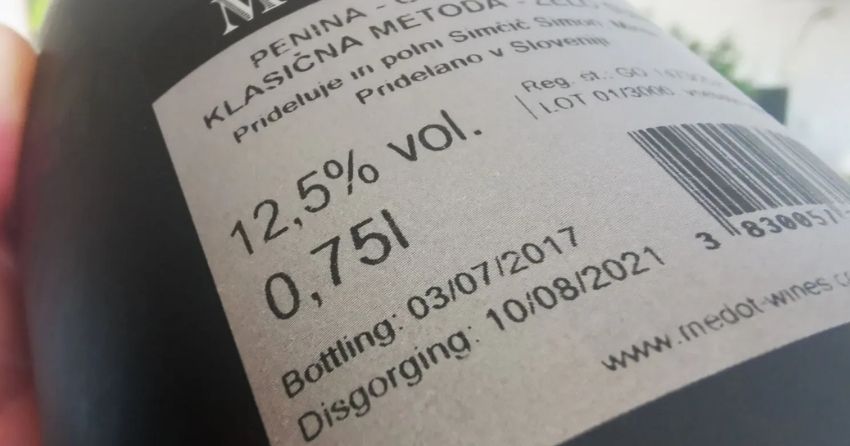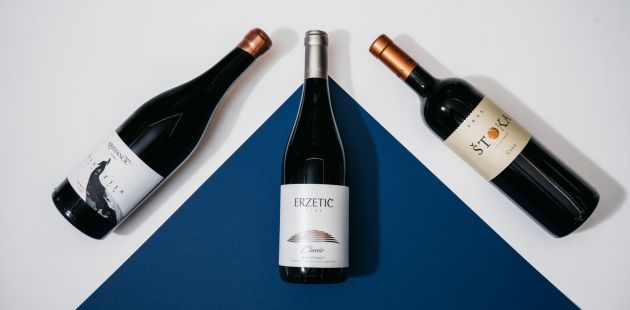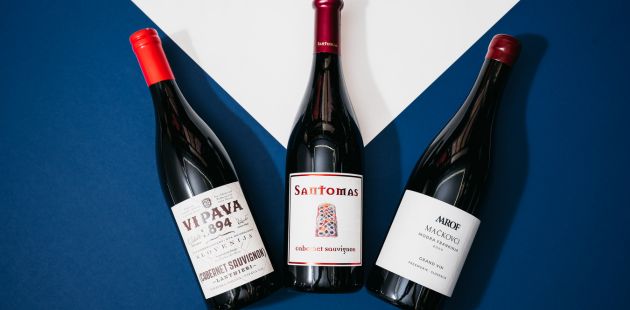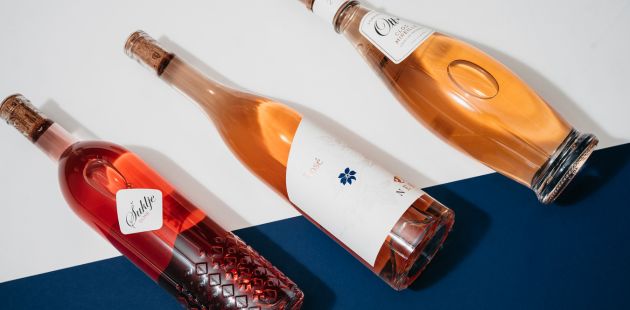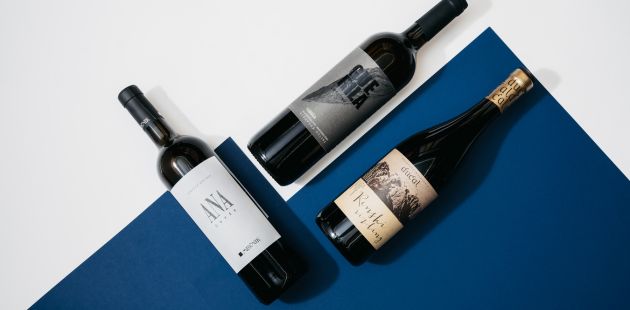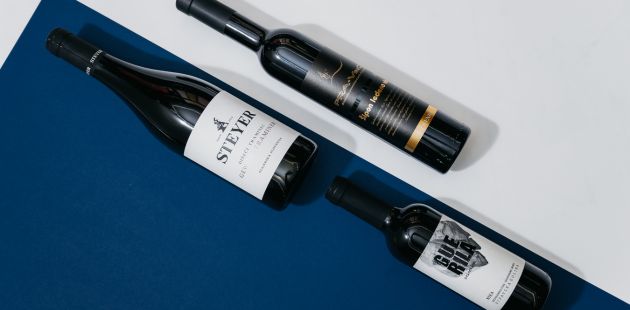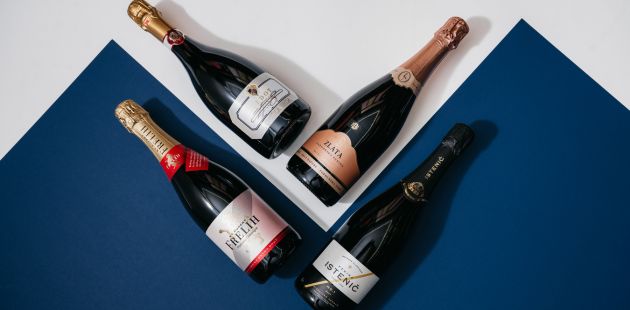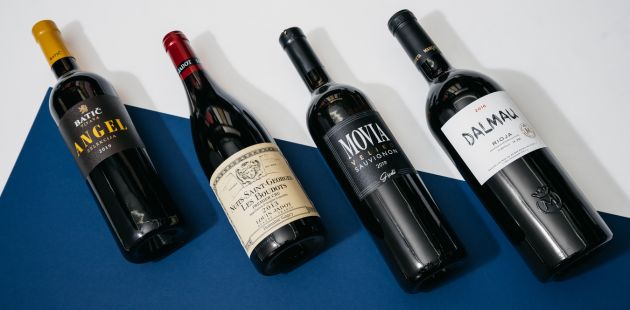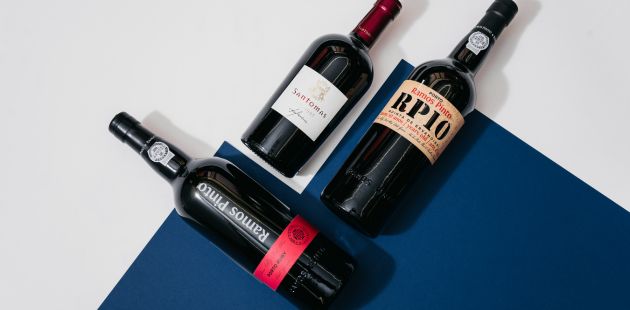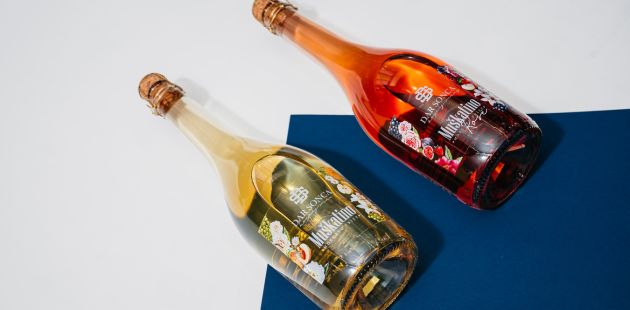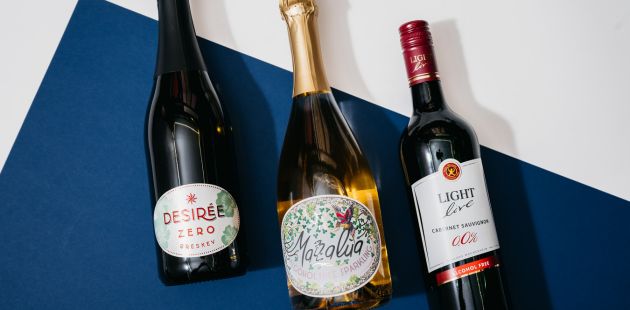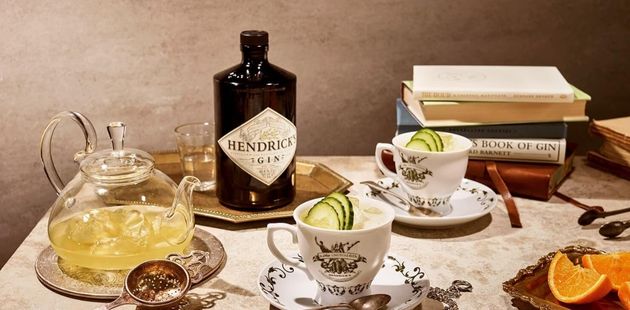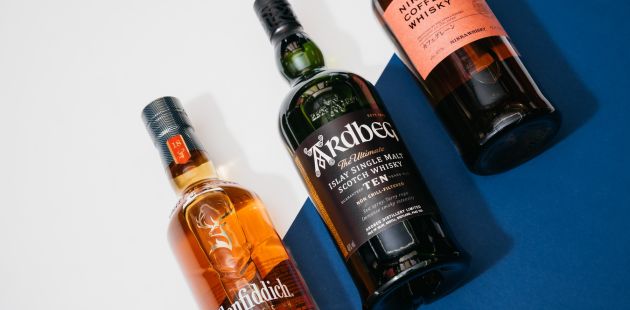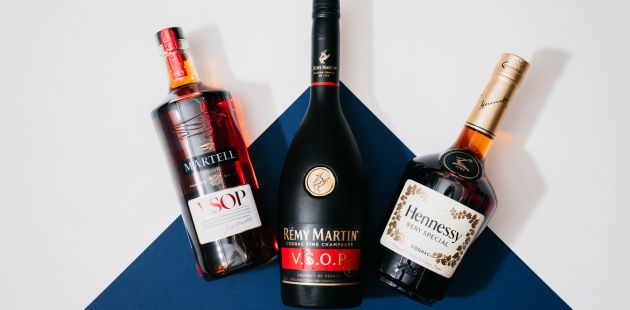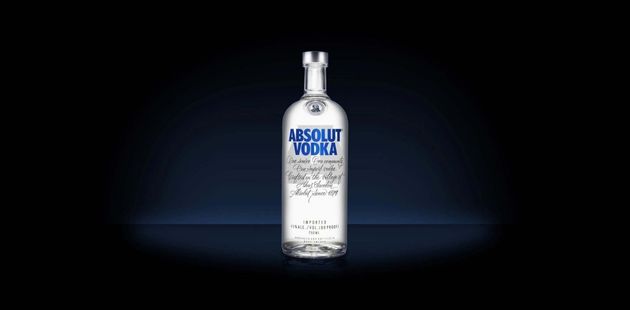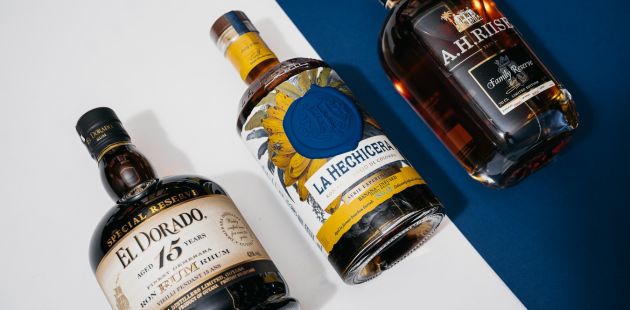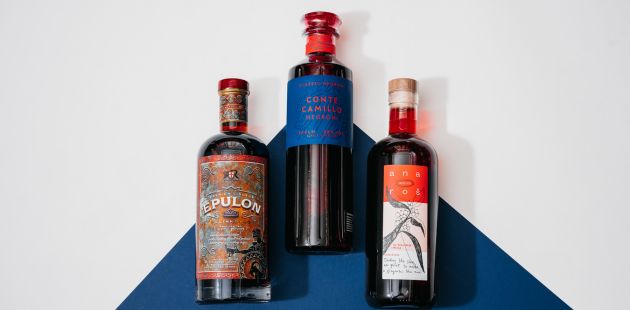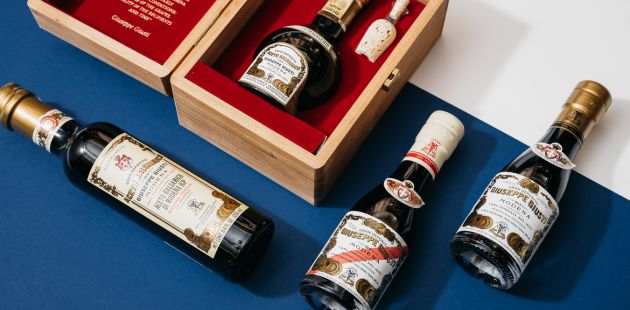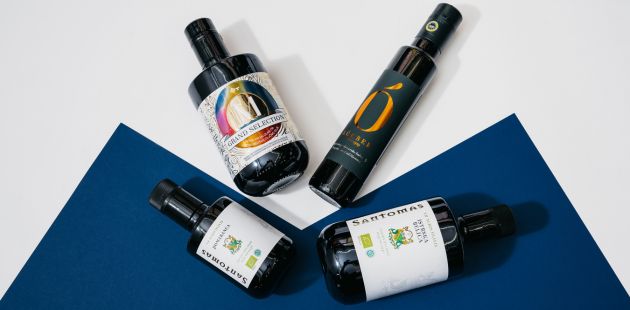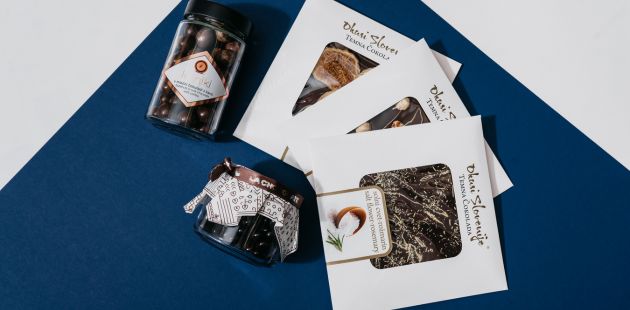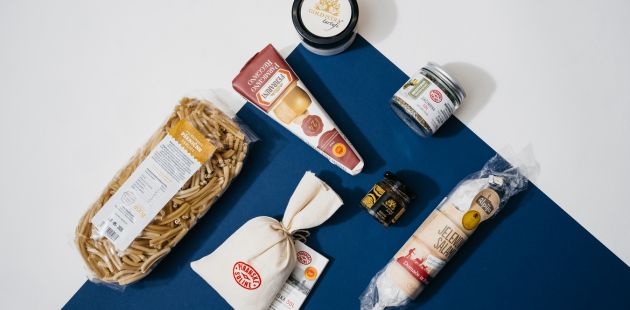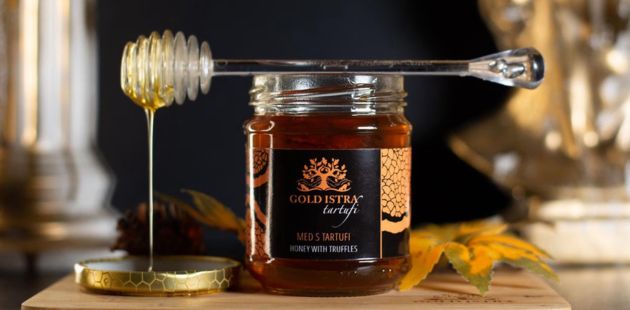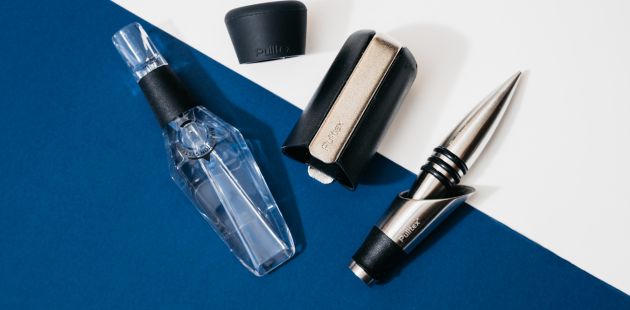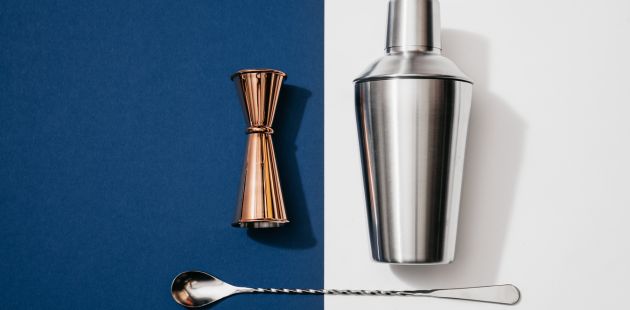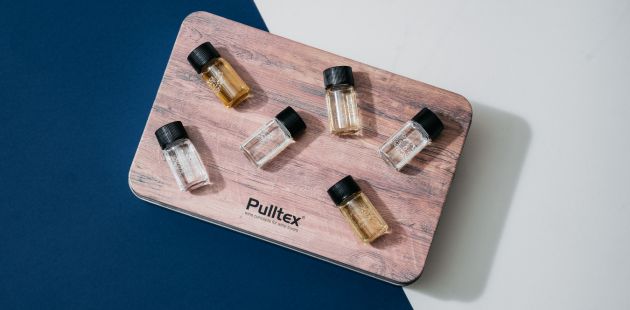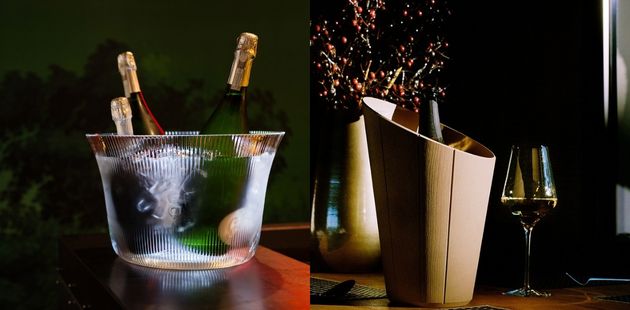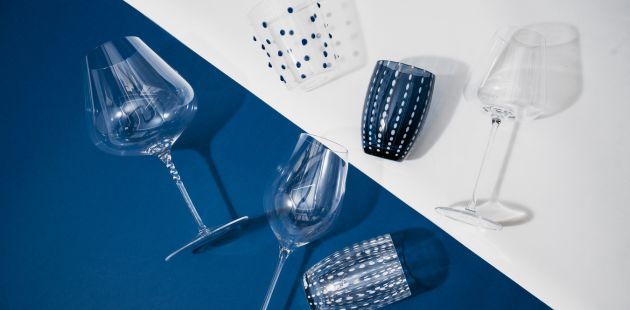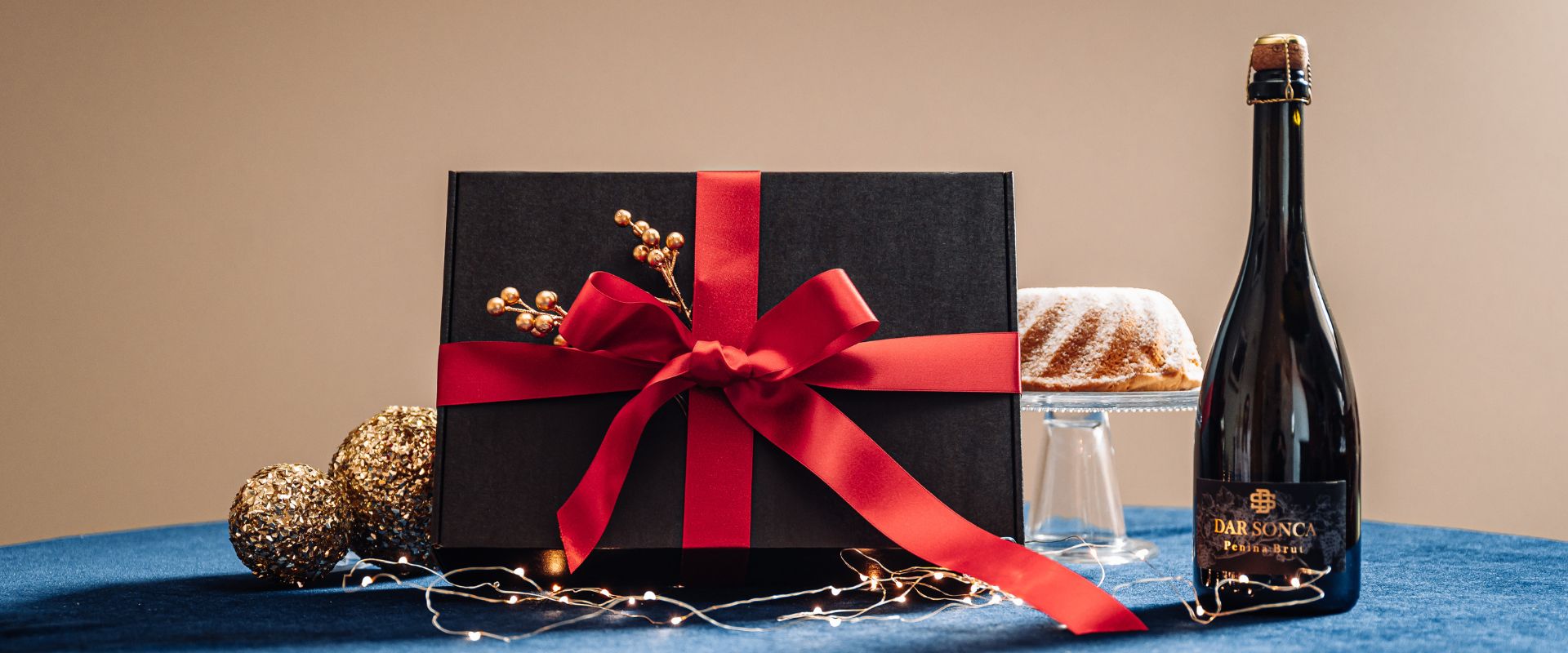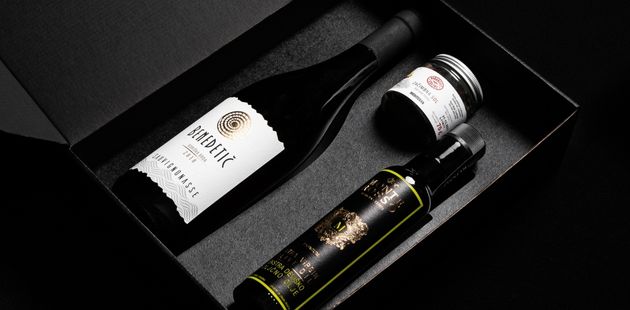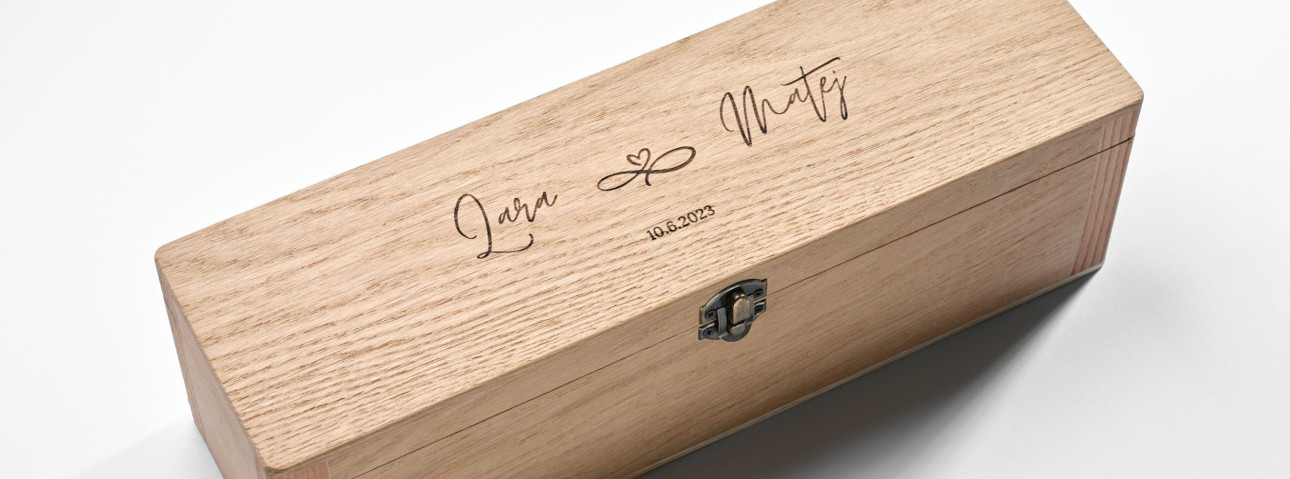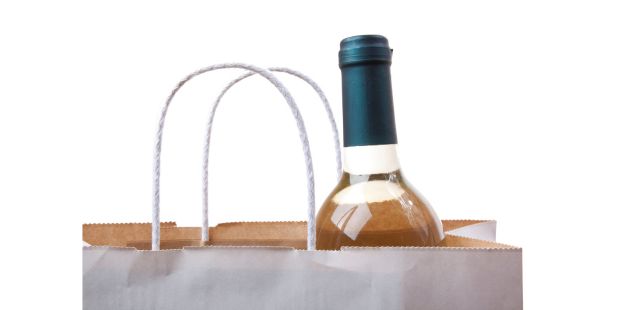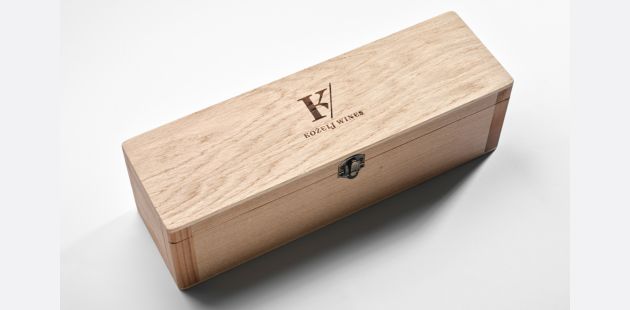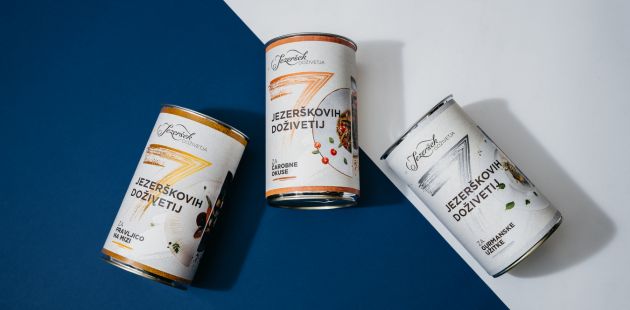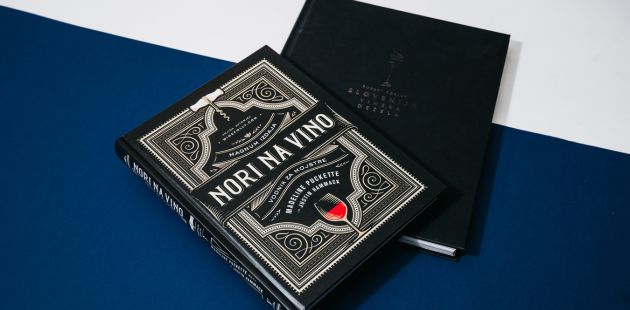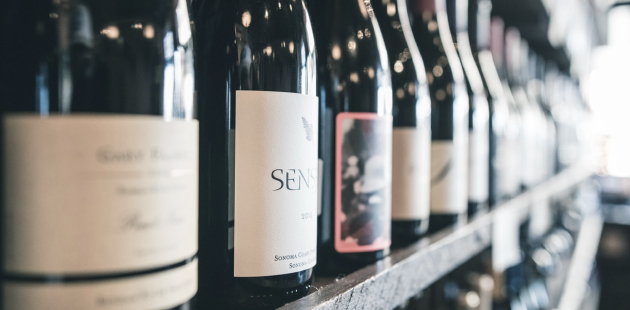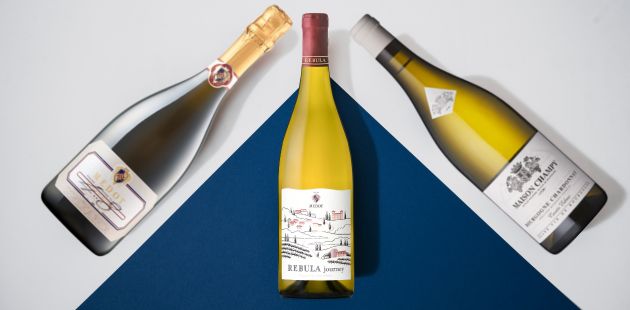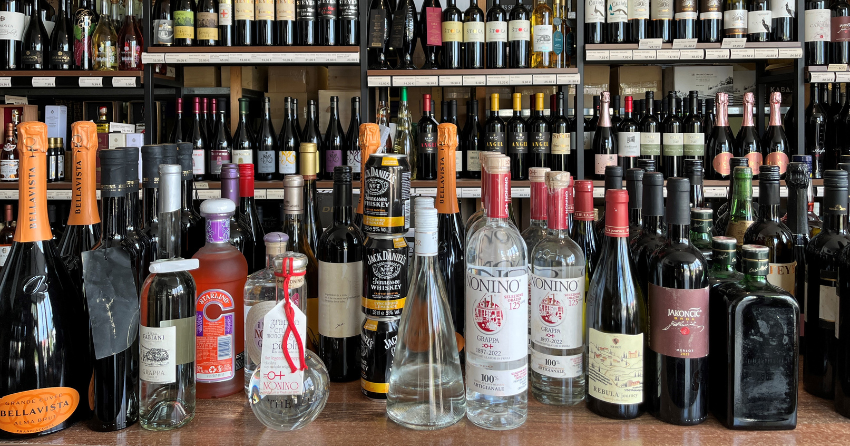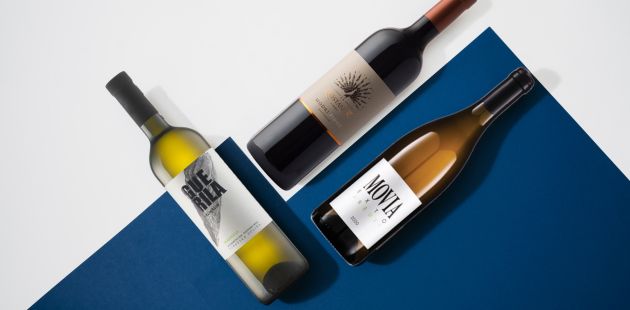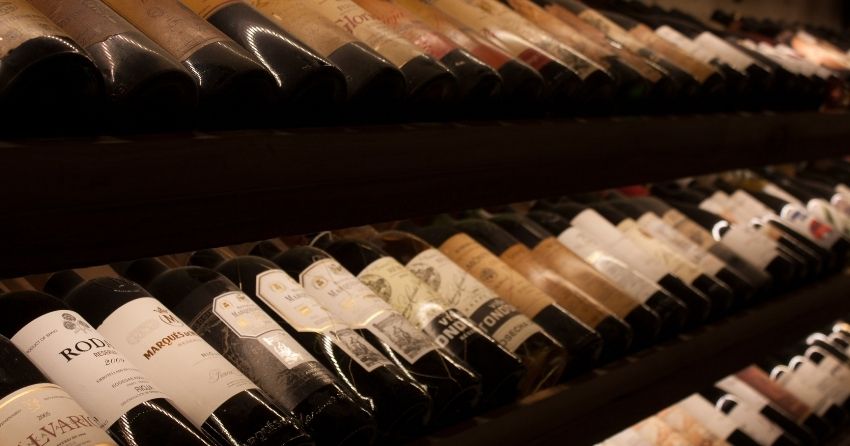The romance of champagne procedures or everything you wanted to know about disgorgement
06. january 2026
The production of champagne or sparkling wine using the classical method is full of thrills ...
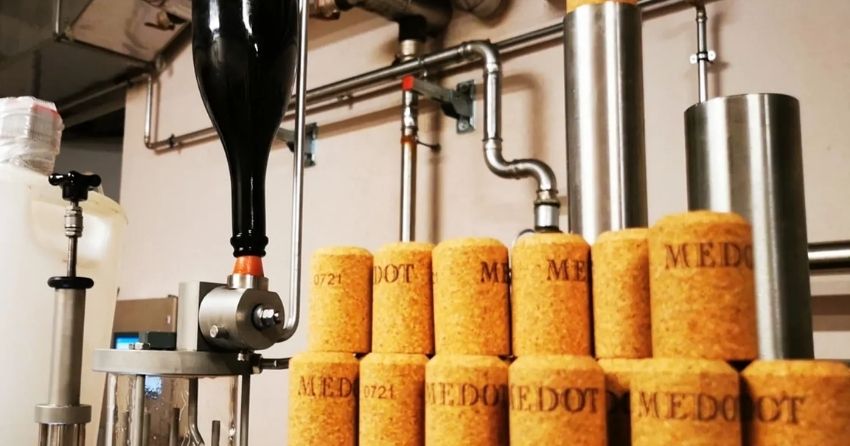
One of the most unusual words you will hear when champagnes and sparkling wines are presented is »disgorgement«. It comes from the French word dégorgement, gorge being the archaic French term for throat. So, in the case of champagne and sparkling wine production, it is the neck of the bottle, and disgorgement is the process of removing the lees from it.
The corks popped on sparkling wines and champagnes
The production of champagne or sparkling wine using the classical method is full of thrills. A romantic image depicts a dark wine cellar in Baroque times, where a French monk is inspecting his carefully stacked bottles of wine when, with a loud pop, a cork pops out of one of them in his hand, spraying everything around, and he realises that something divine and starry-tasting has been created in the bottle. Legend has it that it was Dom Pérignon in 1639, when he discovered champagne and exclaimed: "Come quickly, I am tasting the stars".
But, legends be legends, it is undeniable that one of the most exciting features of champagne and sparkling wines produced using the traditional method is the extraordinary eruptive power that can blow the cork. We are all familiar with the popping of corks when they fly off under pressure at sporting victories and celebrations, but this popping of corks is also accompanied by a much less well-known but very important process in the production of champagnes and classic sparkling wines, known as disgorgement.
Although disgorgement is nowadays a rather mechanical task for a cellarman who does it several times a year, there is something mystical about the process, precisely because of the violent ejection of the sediment of the lees trapped in the ice from the neck of the bottle, which is akin to the eruption of a volcano. This is the moment when the sparkling wine opens up to the world for the first time with all the power that nature has created, after it has been lying perfectly still and slowly building up in the bottle for at least four years, or even five or more, as is the practice at Medot. The minimum ageing period for a classic method sparkling wine is 15 months by law, but at Medot, where we swear by elegance and sophisticated, complex flavours, the youngest sparkling wine is disgorged after 48 months.
At the moment of disgorgement, the sparkling wine will have taken its last sharp, short breath of fresh oxygen, receive a few drops of expedition liqueur, which contains the secret of the cellar, and of course the few drops of sparkling wine that were lost in the projectile. Finally, the bottle will be proudly crowned with the final cork and decorated with the winery's coat of arms, so that it can come out of the cellar as the true Queen of the hearts of sparkling wine lovers.
Riddling and disgorgement - then and now
